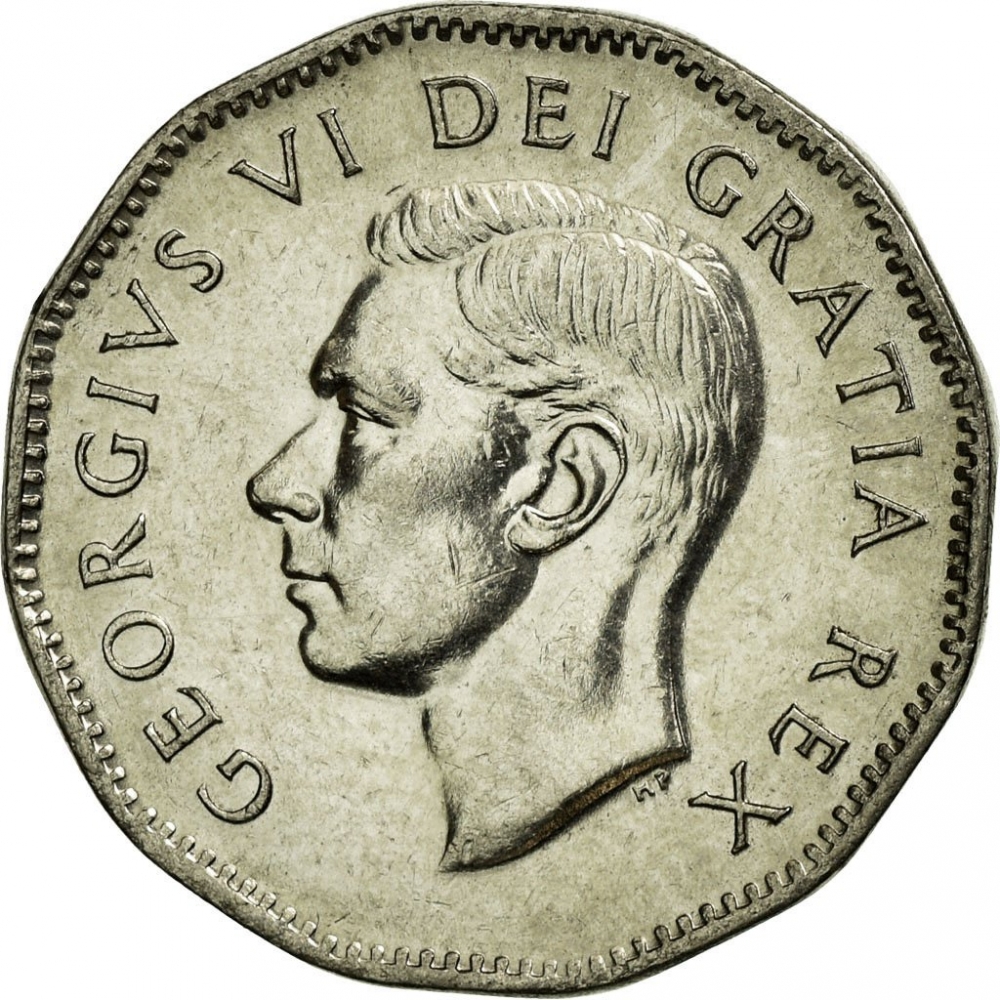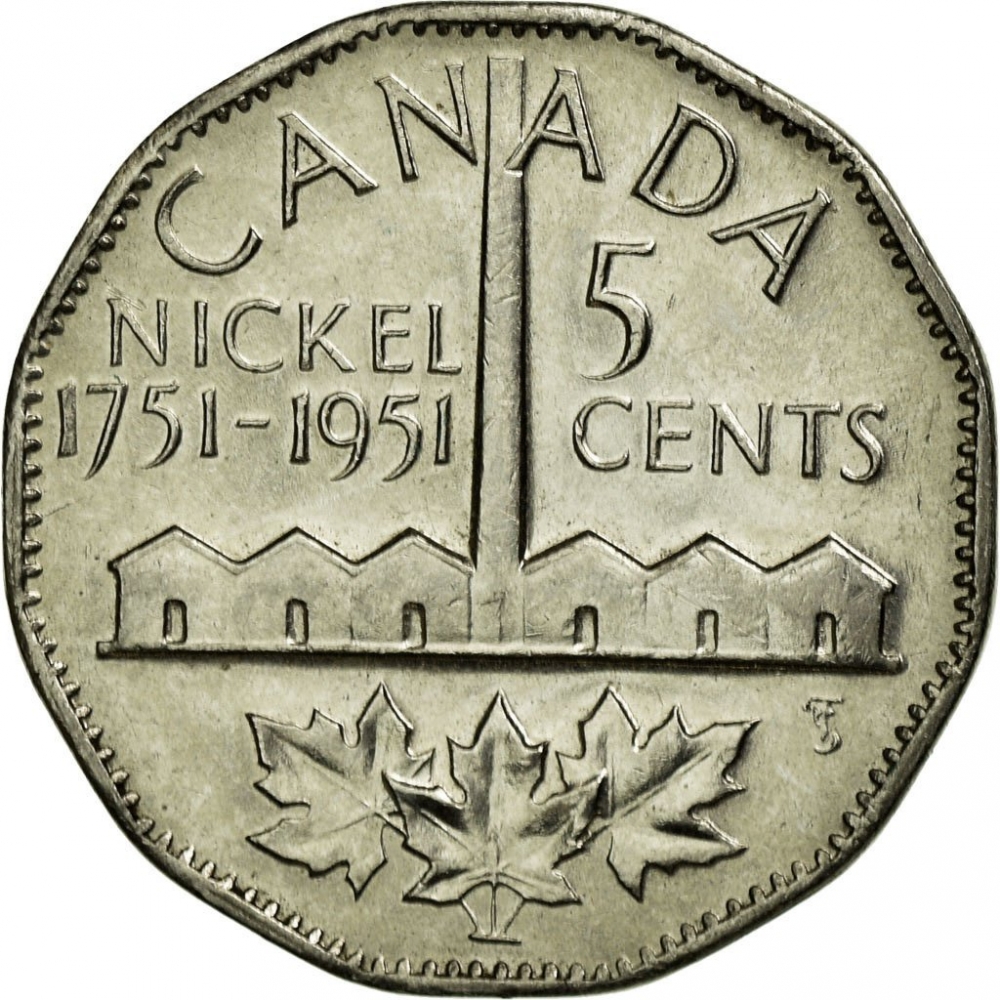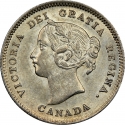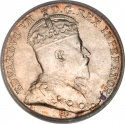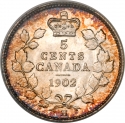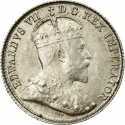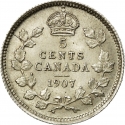You are about to finish your registration. Please check your mailbox (including spam folder). There should be a letter with a confirmation link. Check setting to make sure that your e-mail address is correct.
Send letter againDescription
In 1951, a special commemorative five-cent piece depicting a nickel refinery was struck to celebrate the 200th anniversary of the metal's initial discovery by Swedish chemist Axel Fredrik Cronstedt. The design was chosen from entries submitted to the Mint in an open competition. Due to the onset of the Korean War, production of this commemorative was halted to preserve nickel for the war effort, resulting in a second non-commemorative 1951 "nickel" made of plated steel, using the traditional 12 sided Beaver design.
Nickel is a naturally occurring element that exists in all soils and ranks 24th in the abundance of metals found in the earth's crust. It is a hard, tough, greyish-white metallic element and is thought to be an essential element for many plants and animals, and, many experts believe, for humans as well. It has many desirable properties, including resistance to corrosion in both acidic and basic environments, high strength over a wide temperature range, and a pleasing appearance. In 1751, Baron Axel Fredrik Cronstedt tried to extract copper from kupfernickel at a cobalt mine in the Swedish village of Los, and instead produced a white metal that he named after the spirit that had given its name to the mineral, nickel.
99.9% nickel five-cent coins were struck in Canada (the world's largest nickel producer at the time) during non-war years from 1922 to 1981.
Obverse

|
Bare head of George VI facing left, surrounded by the legend, an abbreviated translation of “George VI, by the Grace of God, King”. GEORGIVS VI DEI GRATIA REX |
|---|---|
Reverse

|
Depicts a nickel refinery, above three maple leaves, is accompanied with the legend NICKEL 1751-1951, the facial value and the inscription CANADA. CANADA |
| Edge |
